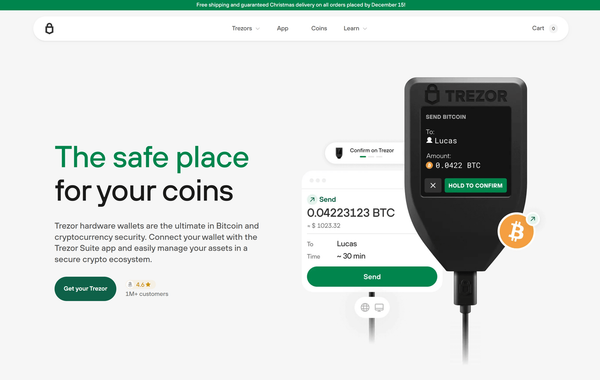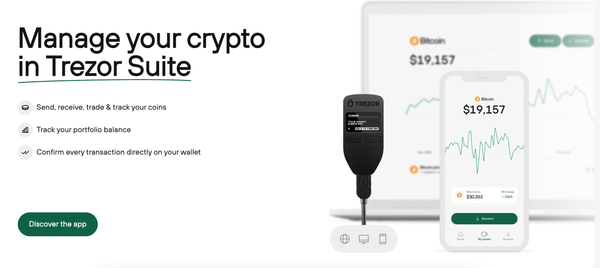Trezor Bridge: The Essential Guide for Secure Crypto Management
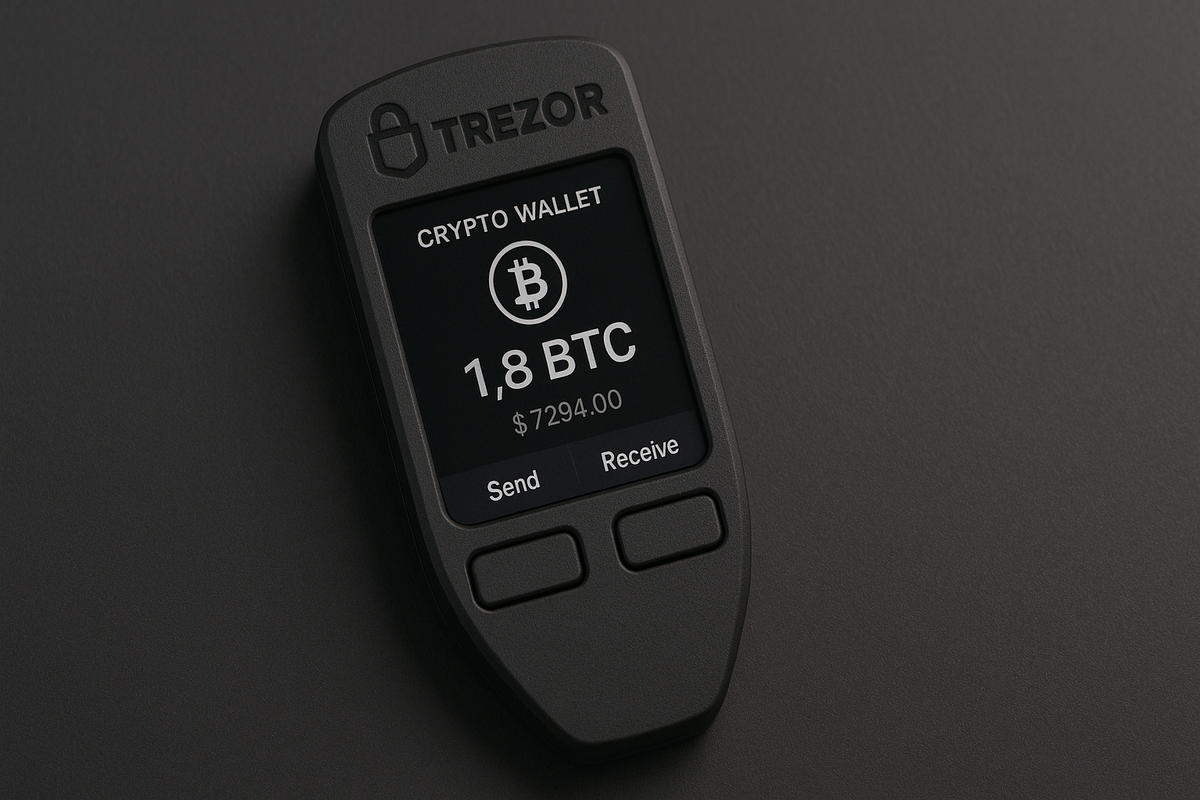
In the rapidly evolving world of cryptocurrencies, ensuring the security of your digital assets is paramount. Trezor, one of the leading hardware wallet providers, offers a solution that bridges the gap between secure offline storage and seamless online interaction: Trezor Bridge. Whether you are a seasoned crypto investor or a newcomer to the blockchain ecosystem, understanding Trezor Bridge is essential to safely manage your crypto holdings.
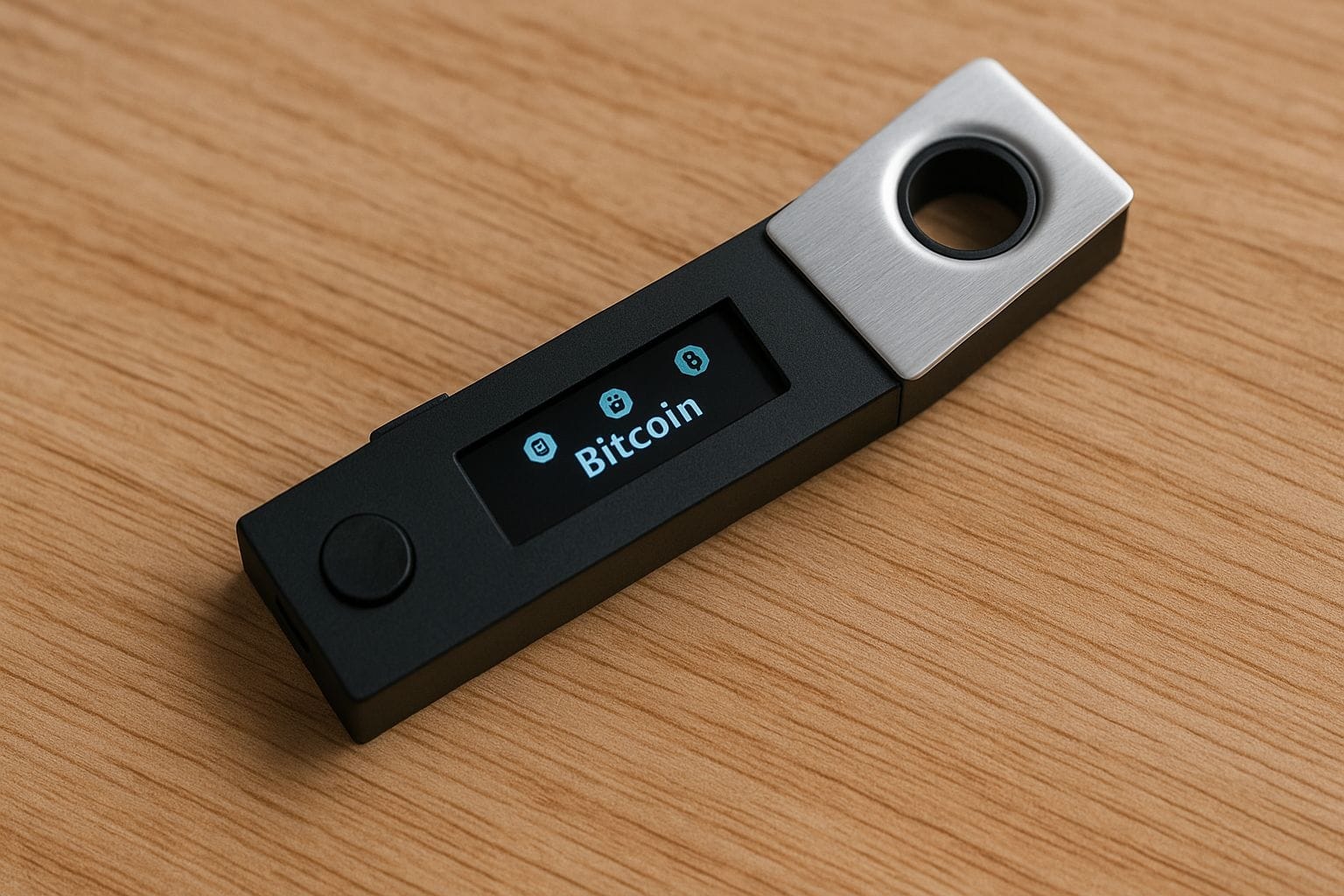
What is Trezor Bridge?
Trezor Bridge is a software application developed by SatoshiLabs that allows your Trezor hardware wallet to communicate efficiently with web browsers and desktop applications. Unlike traditional wallets that are fully online and vulnerable to hacking, Trezor hardware wallets store private keys offline. However, to execute transactions, check balances, or interact with decentralized applications (dApps), a secure connection between the wallet and your computer or browser is required.
This is where Trezor Bridge comes in. It acts as a secure intermediary, ensuring that sensitive information never leaves the hardware wallet while still allowing seamless interaction with online platforms. Think of it as a trusted translator between your Trezor device and the internet.
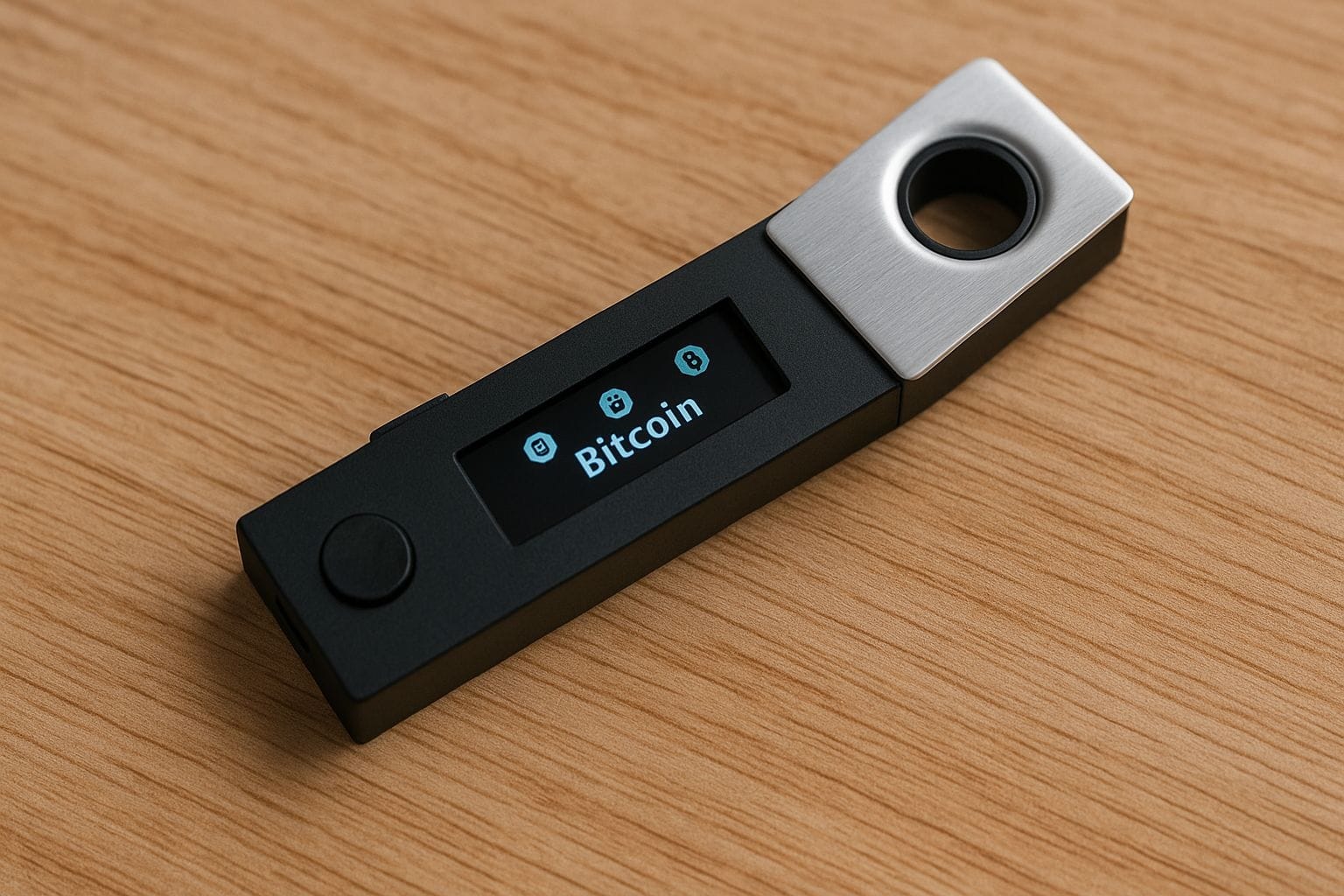
Why Trezor Bridge is Important
Security in cryptocurrency is non-negotiable. With cyber threats evolving daily, using a hardware wallet alone is not enough if communication with software applications is insecure. Trezor Bridge ensures:
- Secure Communication: All data transmitted between your Trezor device and your computer is encrypted. Even if a hacker intercepts the communication, the data remains unintelligible.
- Compatibility: Trezor Bridge supports all major operating systems, including Windows, macOS, and Linux. It ensures smooth communication with web wallets and dApps without requiring users to install browser extensions that might be vulnerable.
- Ease of Use: Installing Trezor Bridge is straightforward, and once installed, it works in the background, eliminating the need for repeated configurations or manual updates.
How to Install Trezor Bridge
Installing Trezor Bridge is simple and can be completed in just a few steps:
- Download: Visit the official Trezor website
- and download the latest version of Trezor Bridge for your operating system. Avoid third-party sites to prevent downloading malicious software.
It is important to note that Trezor Bridge replaces the older Trezor Chrome extension, which is now deprecated due to security concerns. Bridge ensures a safer, more efficient connection method.
Key Features of Trezor Bridge
Trezor Bridge offers several features that enhance both security and usability:
- Cross-Platform Support: Works seamlessly on Windows, macOS, and Linux.
- Automatic Updates: The software checks for updates and ensures you are always using the most secure version.
- Secure Communication Protocol: Data transmitted between your device and applications is fully encrypted.
- No Browser Extensions Required: Eliminates reliance on potentially insecure browser extensions for connectivity.
- Compatibility with dApps: Works with decentralized applications and platforms that require hardware wallet authentication.
How Trezor Bridge Enhances Security
The primary advantage of using Trezor Bridge is enhanced security. Traditional software wallets store private keys on your computer, making them vulnerable to malware and phishing attacks. Hardware wallets like Trezor store private keys offline, but communication with online platforms introduces potential risks. Trezor Bridge mitigates these risks by:
- Encrypting Data: All communication between your Trezor and the connected device is encrypted, making it inaccessible to malicious actors.
- Preventing Man-in-the-Middle Attacks: Bridge ensures that all transaction data is verified and comes directly from the Trezor device.
- Eliminating Third-Party Dependencies: Unlike browser extensions or plugins, which can be compromised, Trezor Bridge operates independently, reducing attack surfaces.
Using Trezor Bridge with Trezor Suite
Trezor Suite is the official desktop and web application for managing Trezor devices. When combined with Trezor Bridge, it offers a seamless experience:
- Device Setup: Connect your Trezor wallet and follow Trezor Suite’s step-by-step instructions to initialize the device.
- Manage Assets: Send, receive, and exchange cryptocurrencies securely.
- Backup and Recovery: Create a recovery seed and backup your wallet to ensure you can recover funds if the device is lost.
- Firmware Updates: Trezor Suite, via Trezor Bridge, ensures your device firmware is always up to date, maintaining security and compatibility.
Troubleshooting Common Trezor Bridge Issues
While Trezor Bridge is designed for simplicity, users may occasionally encounter issues. Here are some common solutions:
- Device Not Recognized: Ensure Trezor Bridge is installed correctly and the device is connected via USB. Restarting your computer can also help.
- Outdated Version: Check for the latest Trezor Bridge version on the official website and update if necessary.
- Browser Connection Issues: Clear your browser cache and ensure no conflicting browser extensions are installed.
Best Practices for Using Trezor Bridge
To maximize security and efficiency, follow these best practices:
- Always download Trezor Bridge from the official Trezor website.
- Keep your firmware and software up to date.
- Use strong passwords and enable two-factor authentication for online accounts.
- Avoid connecting your Trezor device to public or untrusted computers.
- Regularly back up your recovery seed in a secure location.
Future of Trezor Bridge
As the cryptocurrency ecosystem grows, Trezor Bridge continues to evolve. SatoshiLabs is constantly enhancing its security protocols and expanding compatibility with emerging blockchain platforms and decentralized applications. For users, this means ongoing improvements in usability and safety.
Moreover, Trezor Bridge is poised to support advanced features such as multi-signature wallets and enhanced interoperability with third-party platforms, making it a critical tool for both individual investors and institutional users.
Conclusion
Trezor Bridge is more than just software; it is a vital security layer that enables safe and efficient communication between your Trezor hardware wallet and the digital world. By encrypting communication, eliminating unsafe browser extensions, and ensuring cross-platform compatibility, Trezor Bridge empowers users to manage cryptocurrencies with confidence.
For anyone serious about protecting their digital assets, understanding and using Trezor Bridge is essential. It is the bridge between the convenience of online transactions and the unparalleled security of offline storage, making it an indispensable part of the Trezor ecosystem.
To get started with Trezor Bridge, download the latest version from the official Trezor site here
- Install: Run the installer and follow the on-screen instructions. The installation process is quick, usually taking less than a minute.
- Connect Your Device: Plug your Trezor hardware wallet into your computer. Trezor Bridge will automatically detect the device.
- Access Trezor Suite or Web Wallets: Once installed, you can use Trezor Suite or compatible web wallets to manage your crypto securely.


